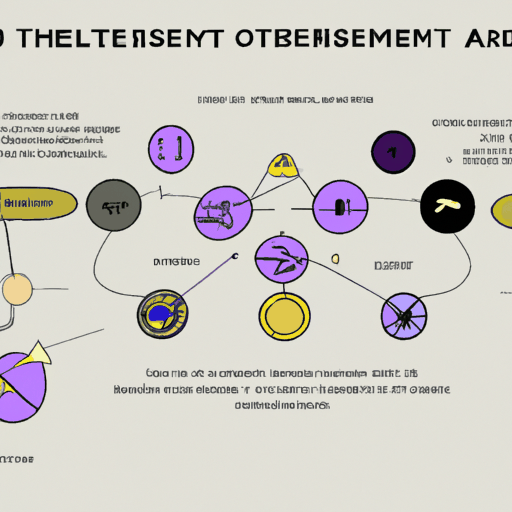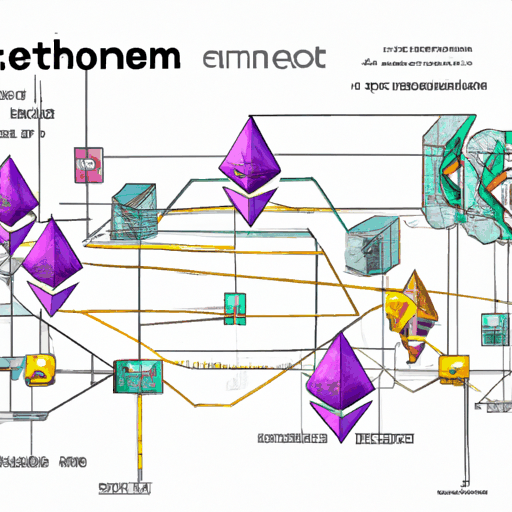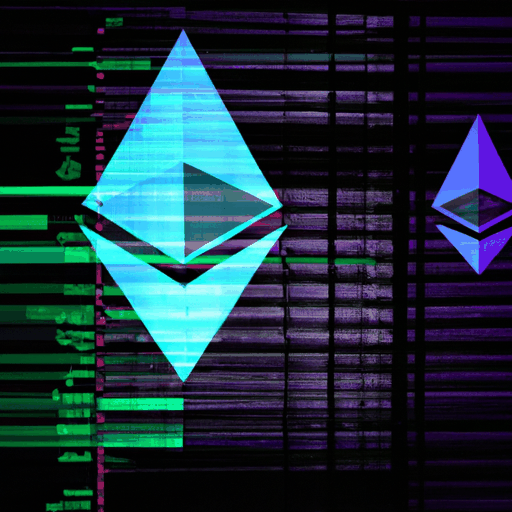
Learn Concept: Exploring the Liquidity Provision in Tokenization of Real-world Assets
By: Eliza Bennet
Tokenization has emerged as a groundbreaking concept in the field of asset management. By converting tangible or intangible real-world assets into a digital token on the blockchain, tokenization transforms the way we perceive and handle value. Assets such as real estate, fine art, and even intellectual property can be tokenized, facilitating their fractional ownership and thus increasing accessibility for a wider audience.
In this article, we delve into two of the most critical challenges surrounding the tokenization of real-world assets, namely, liquidity provision and regulations. Liquidity in the crypto market refers to the ability of an asset to be quickly bought or sold without causing drastic changes in its price. Presently, the lack of a robust market structure around liquidity provision presents a significant challenge to the tokenization of assets. Even if the opportunities for tokenization are vast, having a buyer and a seller is not sufficient. What's needed is a profitable market-making mechanism to ensure seamless transactions.
Similarly, given the niche and innovative nature of tokenized assets, existing regulatory frameworks often prove inadequate. In their absence, it becomes uncertain where to establish a market for tokenized assets without resorting to regulatory arbitrage.
We'll be examining these challenges, their implications, and potential solutions. So, delve in and augment your knowledge of tokenization and its impact on the crypto market.



